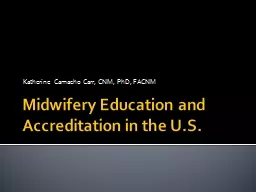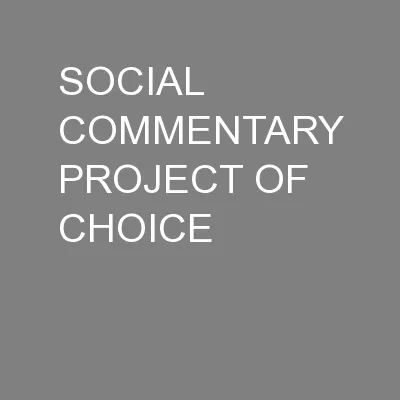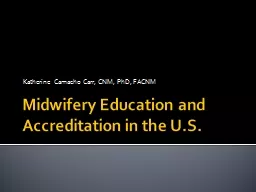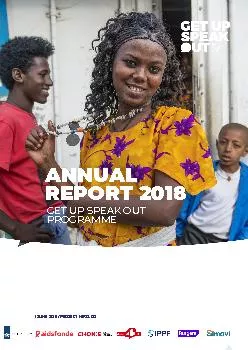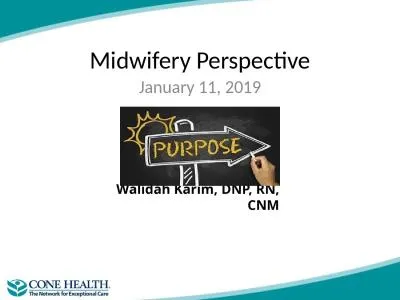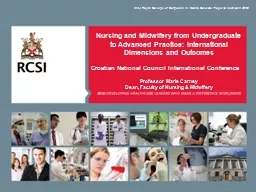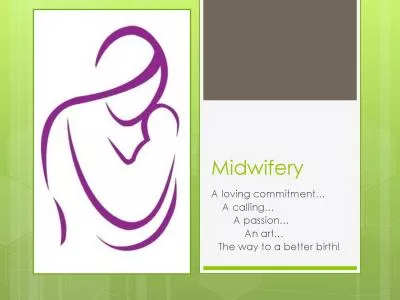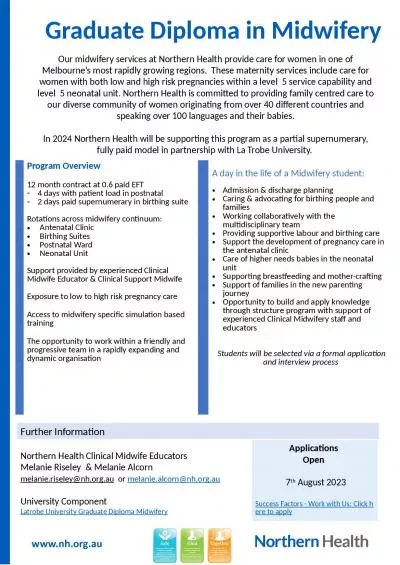PPT-National Women’s Hospital Annual Clinical Report- Midwifery Commentary 2018
Author : test | Published Date : 2019-12-19
National Womens Hospital Annual Clinical Report Midwifery Commentary 2018 Deb Pittam Director of Midwifery The womanperson baby and whanau are at the centre of all
Presentation Embed Code
Download Presentation
Download Presentation The PPT/PDF document "National Women’s Hospital Annual Clini..." is the property of its rightful owner. Permission is granted to download and print the materials on this website for personal, non-commercial use only, and to display it on your personal computer provided you do not modify the materials and that you retain all copyright notices contained in the materials. By downloading content from our website, you accept the terms of this agreement.
National Women’s Hospital Annual Clinical Report- Midwifery Commentary 2018: Transcript
Download Rules Of Document
"National Women’s Hospital Annual Clinical Report- Midwifery Commentary 2018"The content belongs to its owner. You may download and print it for personal use, without modification, and keep all copyright notices. By downloading, you agree to these terms.
Related Documents


